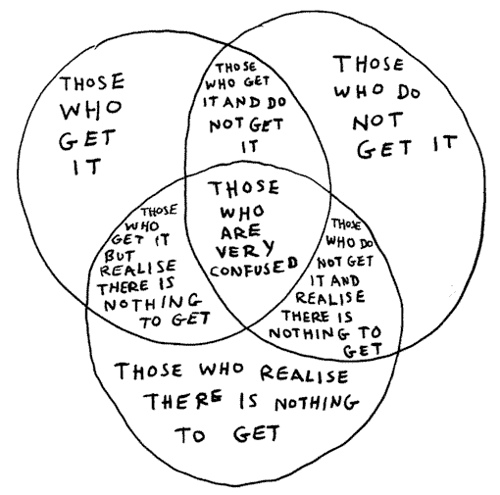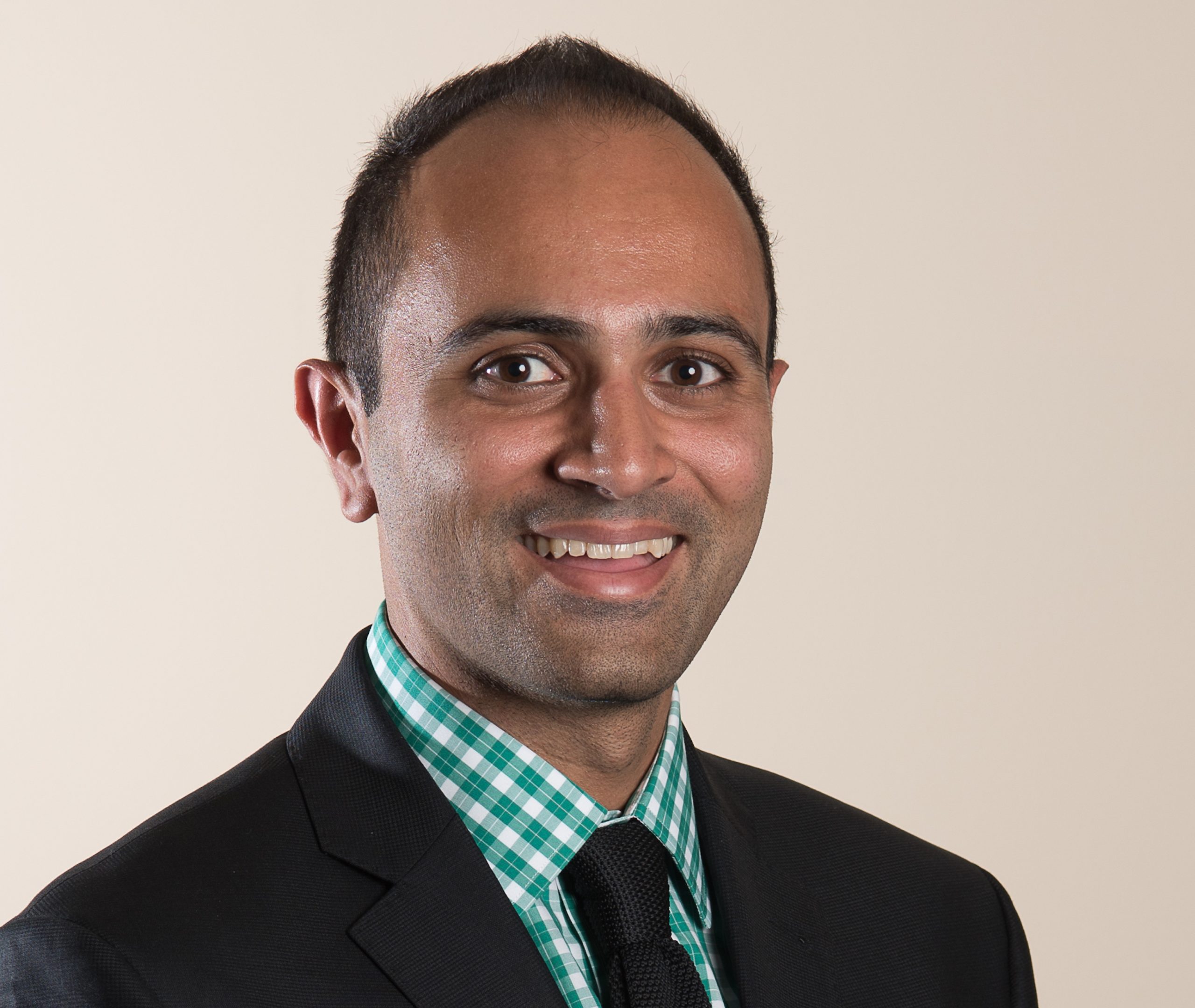The Department of Emergency Medicine at the University of Ottawa has a clear dedication to wellness, demonstrated by the creation of a Director of Wellness position for our academic group. Although the learning curve has been steep, one thing has quickly become clear: wellness is a vague concept, hard to define and is even harder to measure. How can one implement strategies to improve a situation without knowing what the scope of the problem is?
Over the next week we’ll provide some Canadian data from groups in Toronto and London regarding Emergency Physician burnout at both the resident and staff level, but until then, I wanted to provide two ways to examine one’s own level of professional wellness. The goal of these exercises is to initiate self-reflection and to identify practical and personal strategies to start acting on.
Venn Diagram of Career Satisfaction
I first encountered the concept of career satisfaction through The Happy MD. Dr. Dike Drummond is an American physician who has extensively published on physician wellness and burnout, and has written about it in his popular book; “Stop Physician Burnout – what to do when working harder isn’t working”.
He describes a useful activity that involves one sitting down and listing their current job description; including all the stresses and challenges that are experienced in that role (i.e.: the things that cause one to be “unwell”). This activity allows one to be as specific and detail orientated as necessary.
The next step requires the creation of a second list detailing one’s IDEAL job description. It is important to be honest, to avoid magical thinking (for example, if your ideal job is only to care for patients needing acute resuscitation, Monday to Friday, during daytime hours, you probably shouldn’t be working in EM to begin with).
The third step is to examine the OVERLAP between these two lists. According to Dr. Drummond’s research, the happiest physicians are the ones who have the most overlap between their ideal job description and their current reality. Makes sense right? Individuals who have less than 25% overlap are at higher risk of burning out.
Personally, I have found this to be an extremely useful tool in and outside of medicine. It generates a visual cue where you are able to identify small (or big) items that need to be changed to try and enhance the interconnectedness of the circles.

Appreciative Inquiry
The second tool stems from the psychology literature, and is commonly referred to as the Appreciative Inquiry. I am not a behavioural theorist, but my understanding is that reframing questions from “what is the problem” into “what is working, and how can we enhance these aspects?” leads to engagement and motivation to improve.
Applying this to medicine, rate your current satisfaction with your work on a scale of 1 to 10 (unlike the pain scale, 12 is not an acceptable answer here). Personally, I would rate my satisfaction as a 7.3. Next, list all the things that bring you up to score, acknowledging all the good things that you enjoy about your job. The third step is to list the elements that keep you from being a 10.
Once again, this creates a list of potentially actionable items that you can then brainstorm over to eventually increase your “score” over time.
Making changes
Hopefully, at the conclusion of one or both of these exercises, you will have discovered some objective evidence about your own level of professional wellbeing. Personally, as a result of these reflections, I have been able to make small but meaningful changes in my daily practice that have increased the overlap in my venn diagram. For instance, I have chosen to swap into as many early shifts as possible to minimize my commuting time. This, by itself, gained some significant traction in my happiness (and I could understand how this could cause others to feel more unwell).
One thing that these two tools have in common is that they demystify the abstract concept of wellness, and gives one a point of reference to take off from. By investing time and effort in diagnosing your own level of professional wellness, one can then start to work on some of the solutions – and thus begins the personal wellness journey. Good luck!



